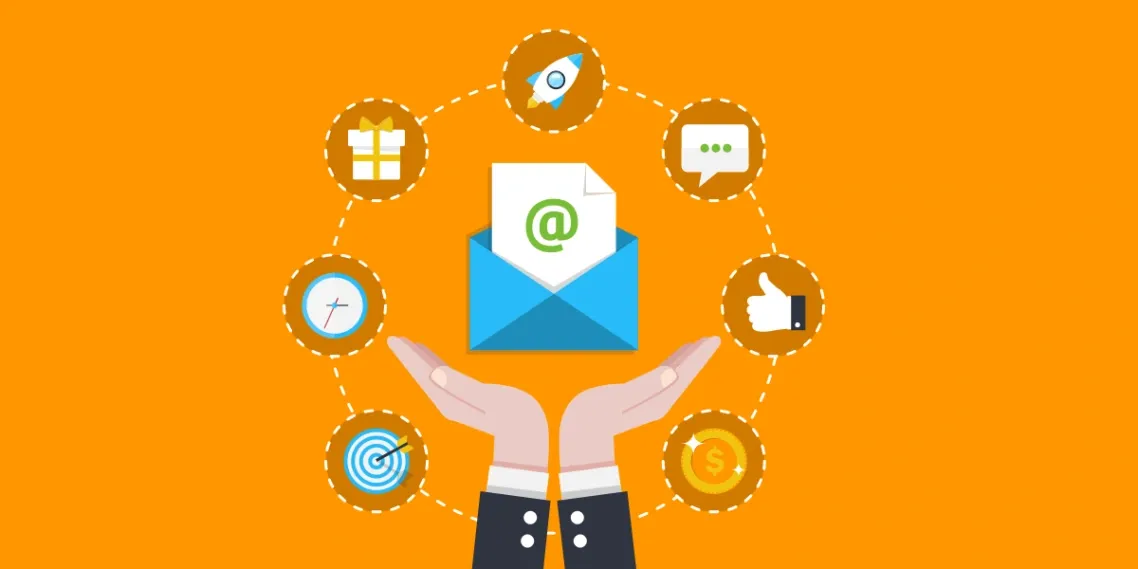As an expert in email communication, you strive to ensure that your messages reach the intended recipients. However, encountering bounced emails can be frustrating and hinder your communication efforts. In this comprehensive guide, we will explore the concept of email bounce and provide you with the knowledge to understand and handle bounced emails effectively. By addressing the causes of email bounces and implementing appropriate strategies, you can improve your email deliverability and maximize the effectiveness of your communication.
Understanding Email Bounce
Email bounce refers to the failure of an email message to reach its intended recipient. When an email bounces, it is returned to the sender with a notification indicating the reason for the bounce. Bounced emails can be categorized into two main types: hard bounce and soft bounce.
Hard Bounce
A hard bounce occurs when an email cannot be delivered due to a permanent issue. Common reasons for hard bounces include:
- Invalid or non-existent email addresses
- Domain name does not exist
- Recipient's email server blocks the delivery
Soft Bounce
A soft bounce, on the other hand, is a temporary failure to deliver an email. It may occur due to reasons such as:
- Recipient's mailbox is full
- Email message is too large
- Temporary issues with the recipient's email server
Dealing with Bounced Emails

To effectively deal with bounced emails and improve your email deliverability, consider implementing the following strategies:
1. Regularly Clean Your Email List
Maintaining a clean and up-to-date email list is crucial to minimize bounce rates. Regularly remove invalid or inactive email addresses from your list to ensure that you are targeting active and engaged recipients.
2. Implement Double Opt-In
Double opt-in is a process where subscribers confirm their email address after signing up. By implementing double opt-in, you can ensure that the email addresses on your list are valid and actively engaged.
3. Monitor Bounce Rates
Keep a close eye on your bounce rates to identify any patterns or trends. High bounce rates may indicate issues with your email list or sending practices that need to be addressed.
4. Segment Your Email List
Segmenting your email list allows you to send targeted and relevant content to specific groups of recipients. By tailoring your messages to the interests and preferences of each segment, you can improve engagement and reduce the likelihood of bounces.
5. Follow Email Marketing Best Practices
Adhere to best practices in email marketing, such as using a reputable email service provider, optimizing email design for different devices, and providing clear and prominent unsubscribe options. Following these best practices will help you maintain a positive sender reputation and improve deliverability.

Commonly Asked Questions
- 1. How can I differentiate between a hard bounce and a soft bounce?
A hard bounce is a permanent failure to deliver an email, while a soft bounce is a temporary failure. Hard bounces usually indicate issues with the recipient's email address or server, while soft bounces are often caused by temporary problems that can be resolved.
- 2. What should I do with bounced emails?
For hard bounces, it is recommended to remove the email addresses from your list as they are unlikely to be deliverable in the future. Soft bounces, on the other hand, may resolve themselves, so you can continue attempting to deliver the emails for a certain period before considering them as hard bounces.
- 3. How can I reduce bounce rates?
To reduce bounce rates, ensure that your email list is clean and up-to-date, follow email marketing best practices, and monitor your bounce rates regularly. Additionally, segmenting your list and targeting your emails to specific groups can help improve deliverability.
- 4. Are there any tools or services available to help manage bounced emails?
Yes, there are various email service providers and deliverability tools that can assist in managing bounced emails. These tools can provide insights into bounce rates, automate list cleaning, and offer deliverability optimization features.
Conclusion
Bounced emails can be a common occurrence in email communication, but by understanding the types of bounces, implementing best practices, and actively managing your email list, you can significantly improve your email deliverability. Regularly monitor your bounce rates, take appropriate action for hard bounces, and utilize the available tools and resources to maximize the success of your email campaigns. Remember, effective email communication is essential for building strong relationships with your audience and achieving your business goals.



